AARP Hearing Center

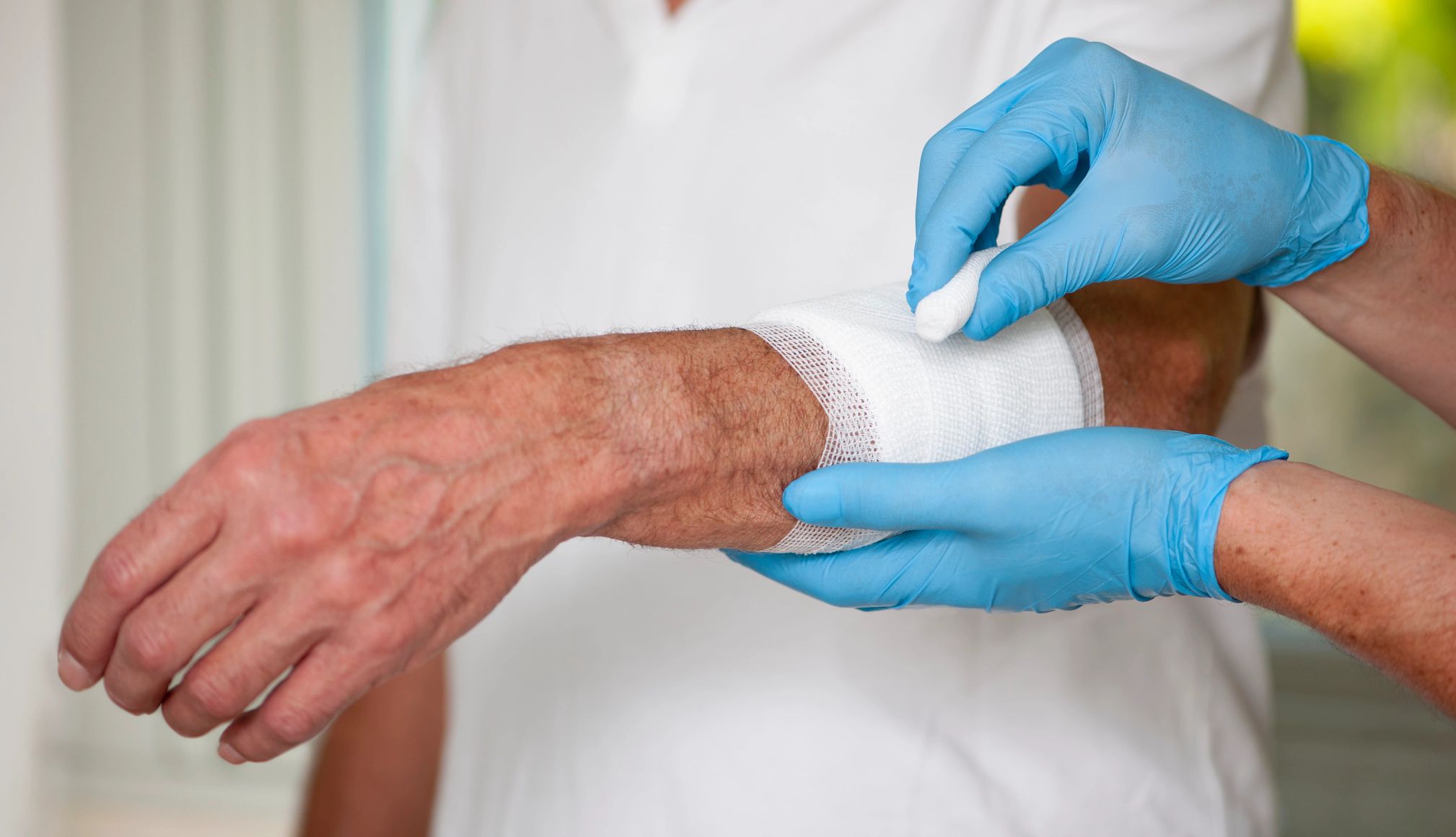
In this story
More delicate skin • Caring for cuts • Handling skin tears • Evaluating a burn • Soothing minor burns • Figuring out infections
If you care for an older adult, you’ve probably noticed a difference between their skin and yours — it’s thinner, looser and more delicate.
“Older people’s skin is more prone to cuts, tears, and bruises due to thinning, decreased collagen, and reduced elasticity,” says Shoshana Marmon, M.D., an assistant professor in the department of dermatology at New York Medical College in Valhalla, New York. “As we age, blood vessels become more fragile and bruises form more easily. Also, wounds take longer to heal due to slower cell turnover and reduced blood supply.”
How to care for cuts
While you might feel tentative about handling wounds on delicate older skin, treatment for minor cuts is pretty much the same as it would be for your own skin or your child’s skin, dermatologists say.
Deep cuts, long lacerations and wounds that won’t stop bleeding need medical attention. Call your doctor or go to an emergency room if you are concerned.
But for minor, shallow injuries, start with these first-aid basics.
Clean the cut gently with mild soap and water. If the wound is in a place that is tricky to hold under the tap or you’d like to be extra gentle, try a wound cleanser, such as a gentle saline solution in a spray bottle. You can find these over the counter at drugstores.
Stop any bleeding. Use gauze or tissue and apply gentle pressure to stop bleeding. If your loved one is on blood thinners, it might take a little longer to stop. If you are unable to stop bleeding either call your doctor or go directly to urgent care or an emergency room.
Replace the skin barrier. “You want to put on a nice, thick emollient — something greasy,” says Danilo del Campo, M.D., a dermatologist who sees patients at Chicago Skin Clinic. In most cases, he says, an antibiotic ointment is unnecessary. What you need is a smear of a thick salve — such as petroleum jelly — to create a protective barrier over the wound.
Bandage. Here’s where you might do things a little differently for an older adult than you would for yourself, del Campo says, “In older adults, I opt for [a wound covering] that has a little more pressure to it than just a loose-fitting Band-Aid. At home … just put a little extra piece of tissue, clean napkin or medical gauze underneath the Band-Aid.” This added padding will give the bandage a tighter fit and keep a little pressure on the injury.


























































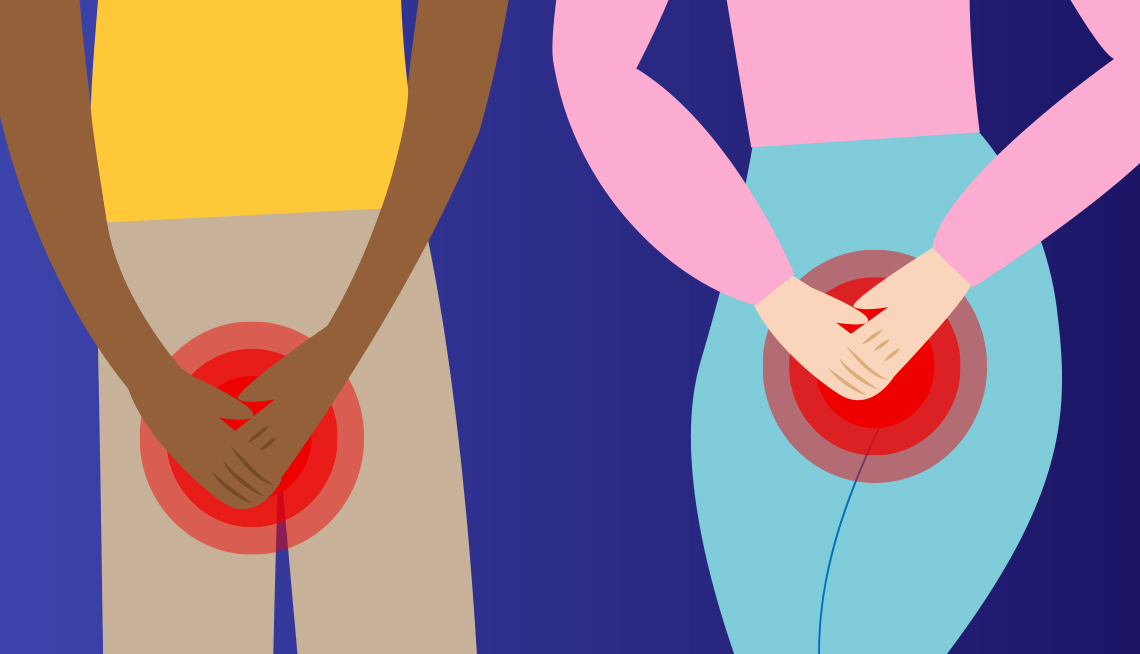
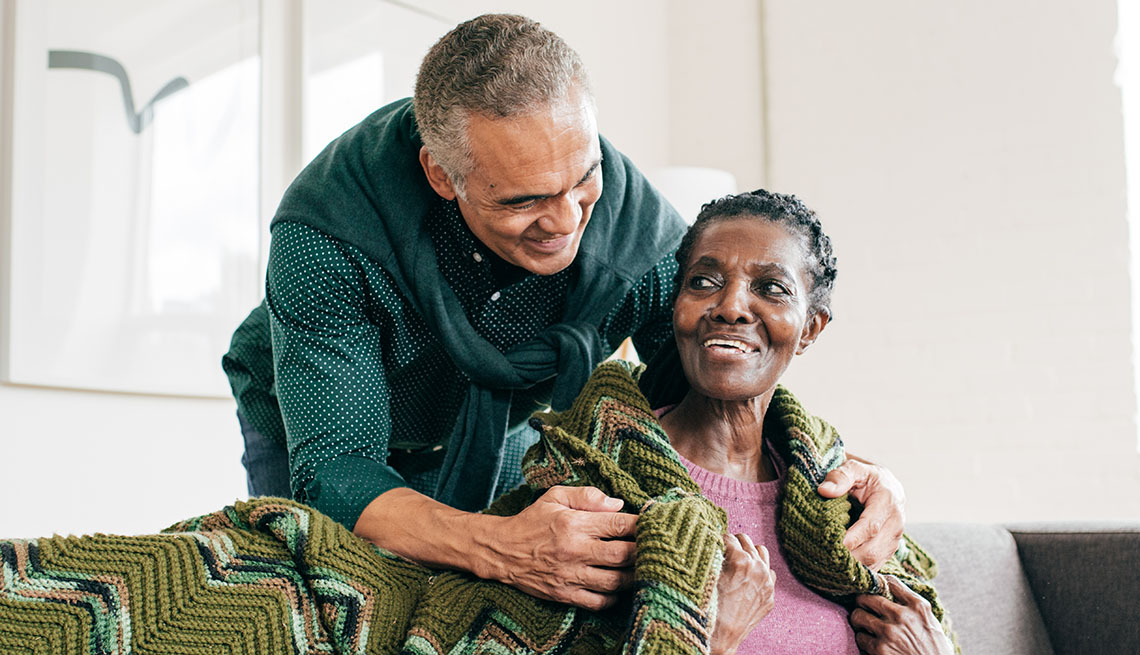

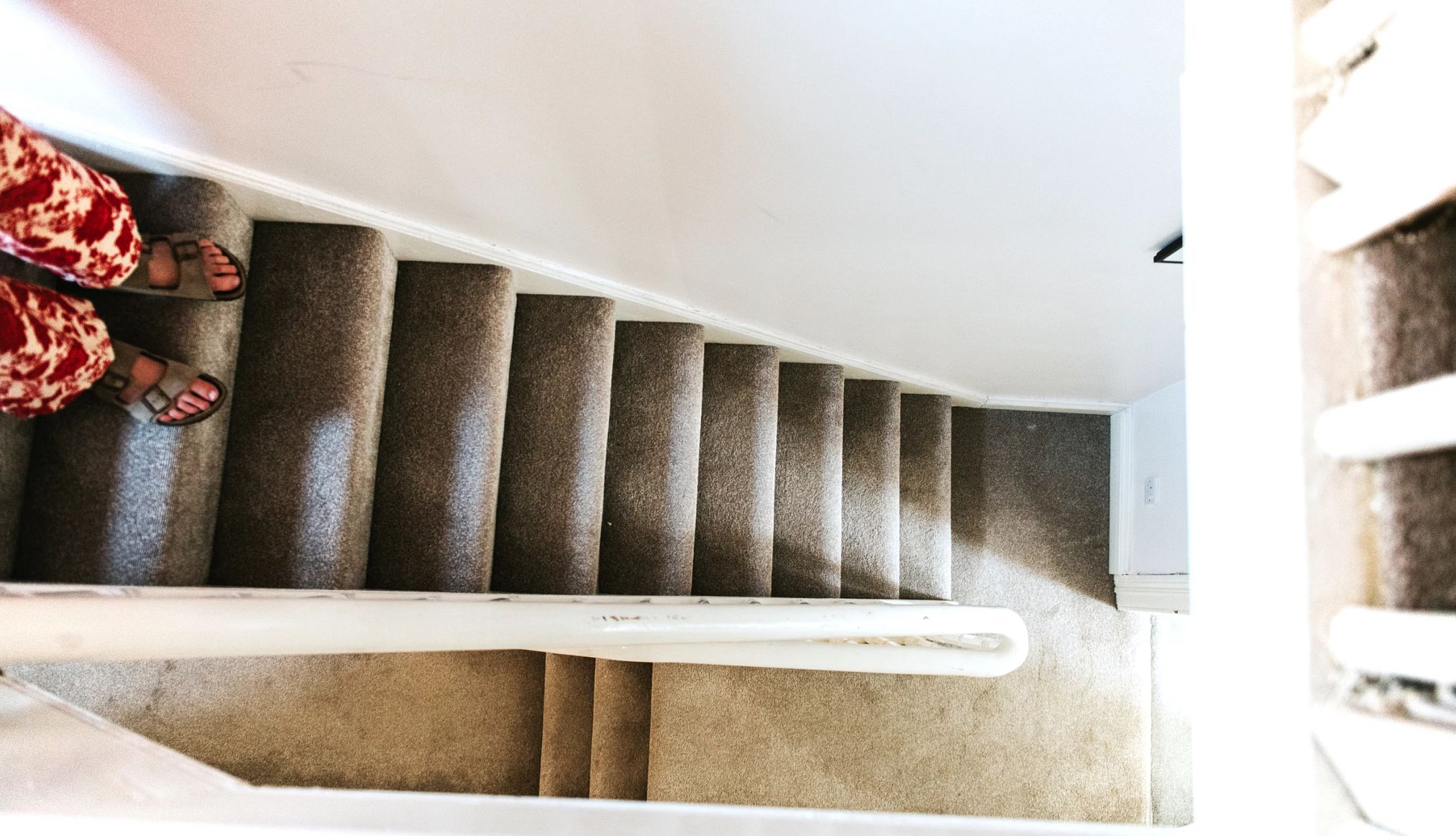
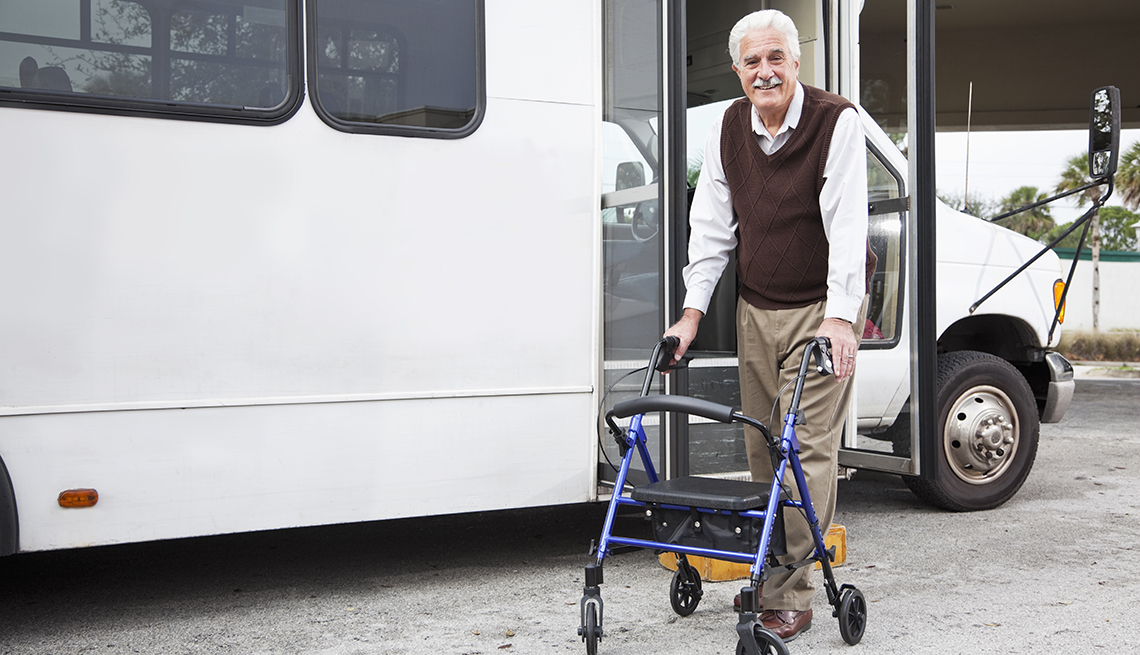
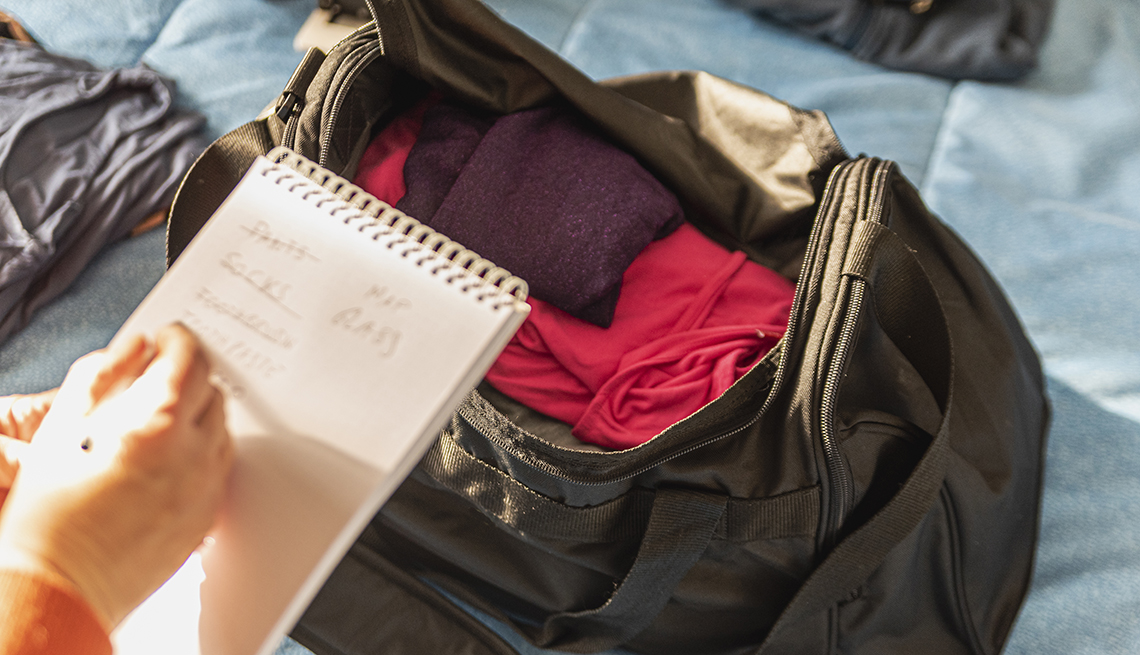
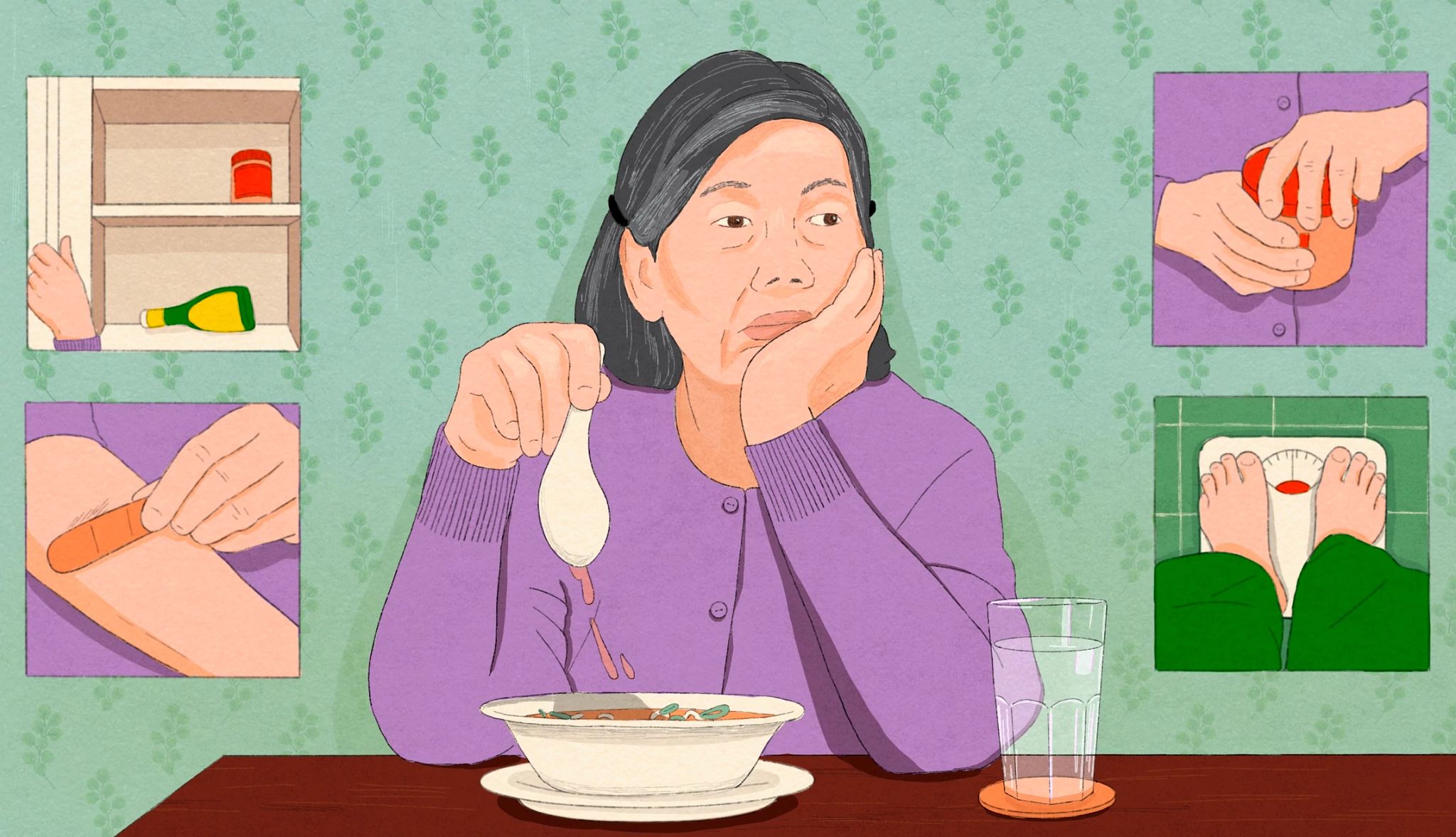
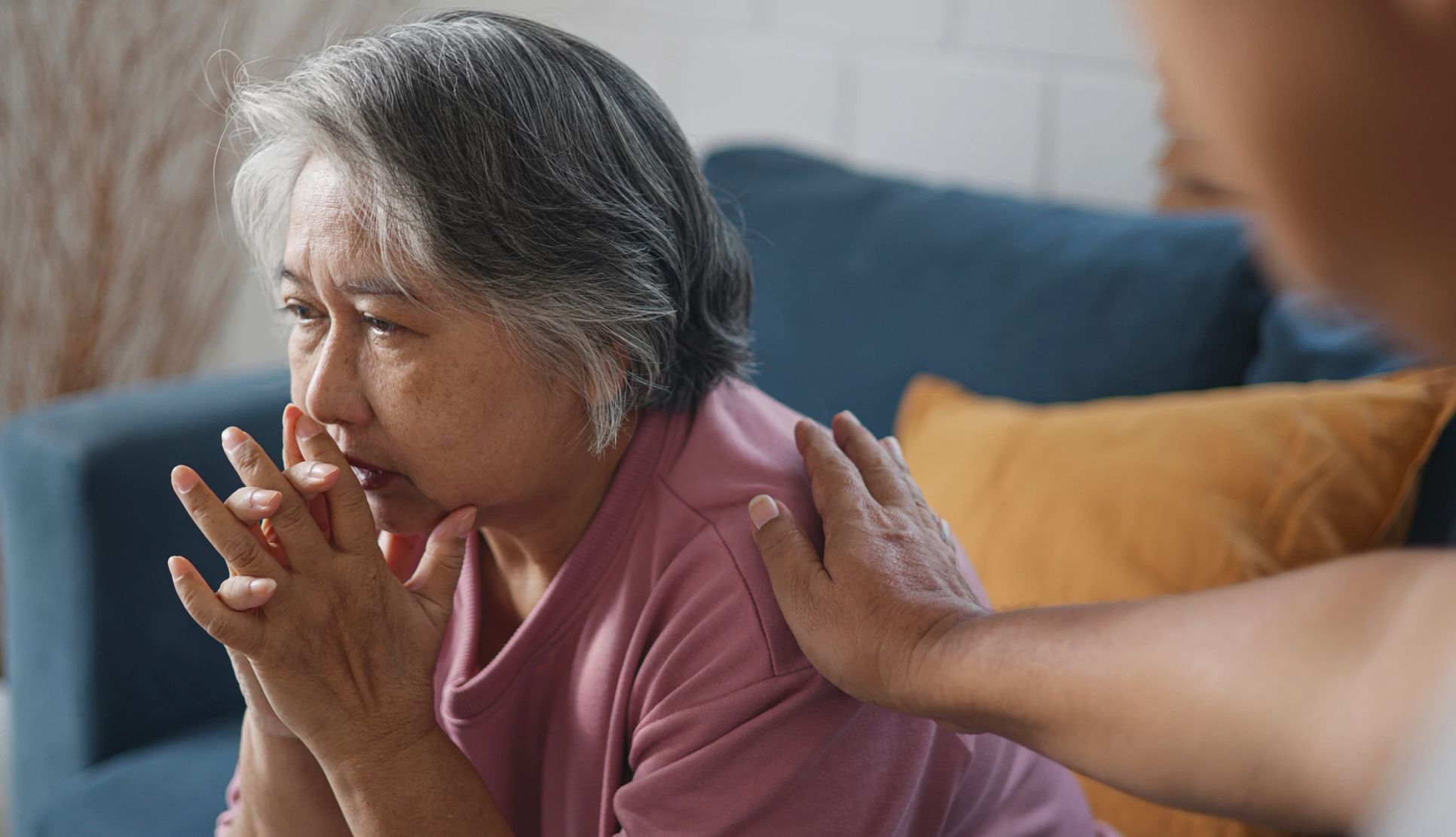
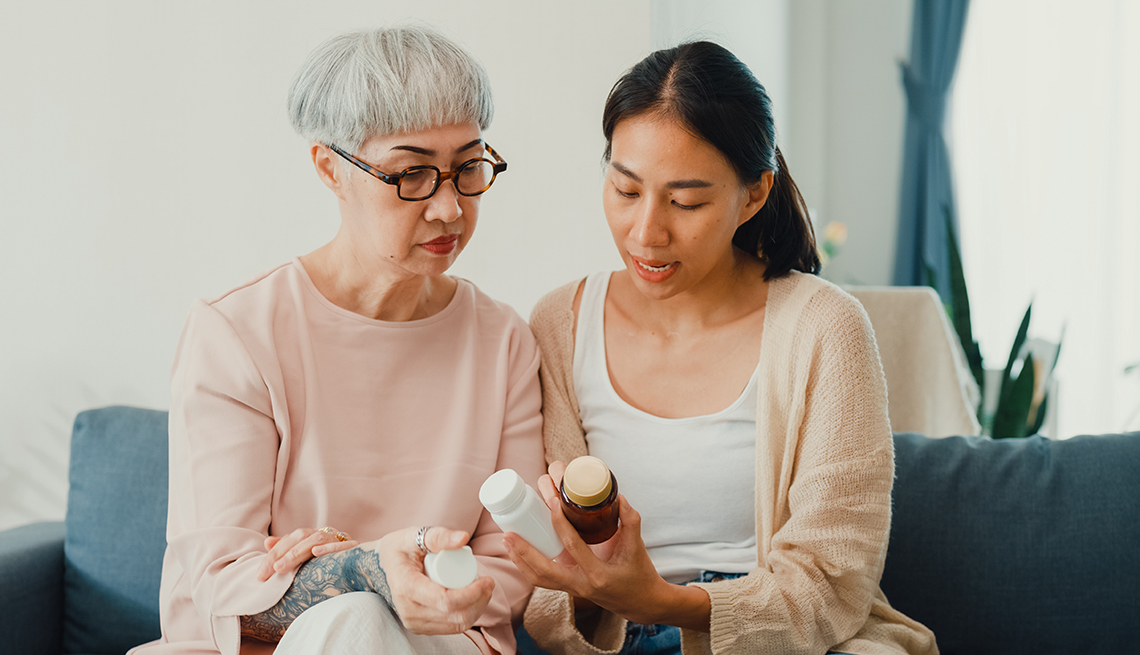

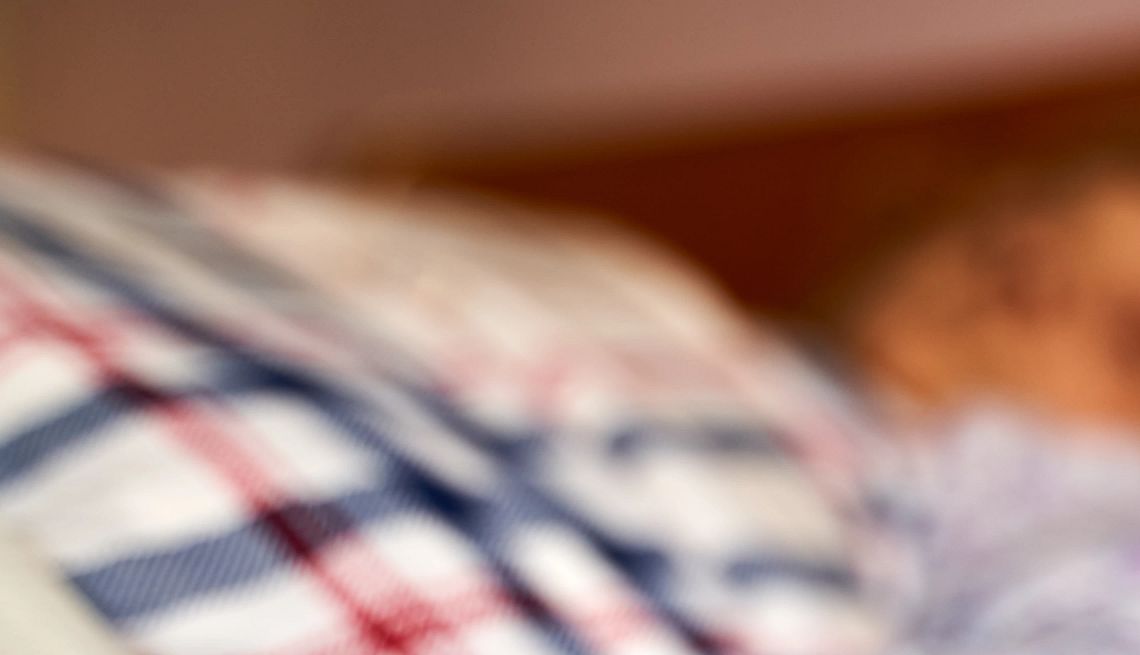





More From AARP
Are Multivitamins Good for You?
A doctor’s advice on whether this daily supplement is important for healthHow to Be a Caregiver for Someone With Diabetes
There’s plenty you can do to help them live their best lifeCaregiver's Guide to Mobility Issues
What to do when a loved one has trouble getting around
Tips for Managing Medical Care as a Family Caregiver
Get the best possible health care by working more effectively with your parents’ care team
Recommended for You